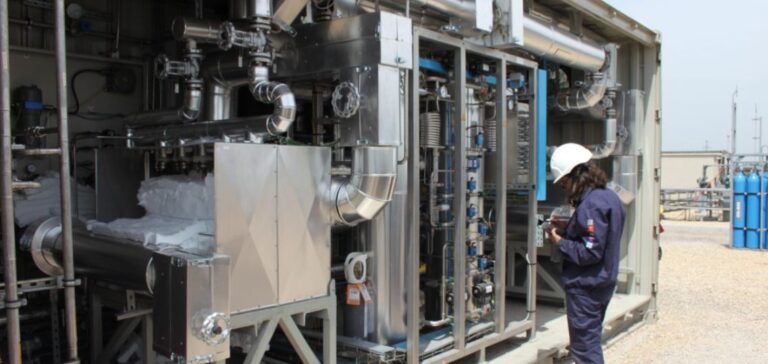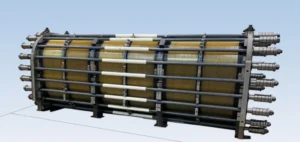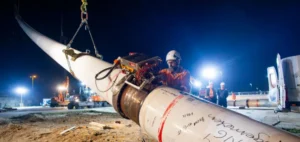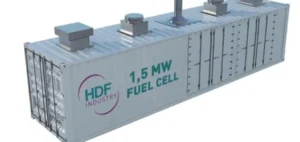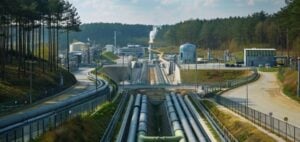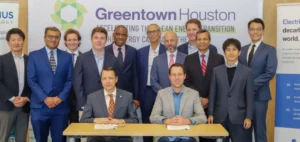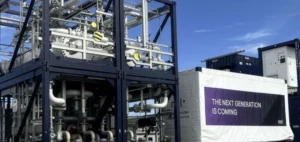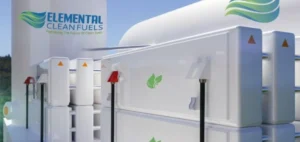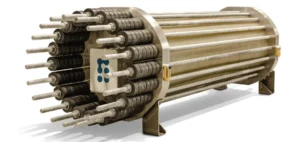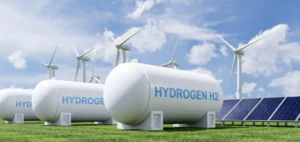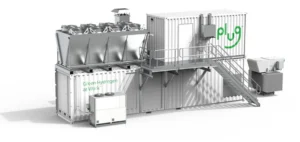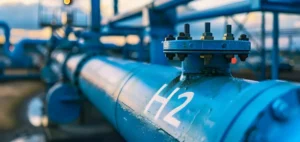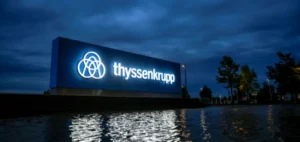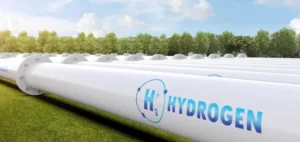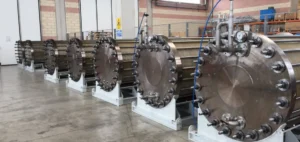KHIMOD, a French company specialising in decarbonisation technologies, has partnered with Hydroalp, an Italian EPC engineering firm active in renewable energy installations and green hydrogen production, to deploy an industrial methanation unit under the Pegasus project. Led by Società Gasdotti Italia (SGI), an independent operator of the gas transmission network, the project aims to produce e-methane from CO₂ derived from agricultural waste and green hydrogen generated by renewable sources.
The unit supplied by KHIMOD, designed for an annual production capacity of 116 tonnes, will inject this synthetic gas into the local network, meeting the estimated annual energy needs of 150 households. The partners plan to complete installation by the end of 2025, with operations starting in the first quarter of 2026. The process will prevent more than 300 tonnes of CO₂ emissions each year.
High-intensity modular technology
The modular system will be manufactured in France at KHIMOD’s site in Wissous. It is based on advanced catalytic technology integrated into a milli-structured heat exchanger reactor, enhancing the efficiency of chemical reactions. This modular architecture allows direct compatibility with existing gas infrastructure, facilitating network integration without major adaptations.
The resulting e-methane, produced from local and renewable resources, will be continuously injected into the Italian gas grid. This approach contributes to the diversification of decarbonised gas supply sources, strengthening energy resilience at a regional level.
Strategic expansion into the Power-to-X market
This cooperation represents a strategic milestone for both companies. KHIMOD strengthens its presence in the industrial methanation field, consolidating its position as a provider of Power-to-X and Waste-to-X solutions. Hydroalp, meanwhile, expands its expertise into high-value synthetic gas technologies, broadening its green hydrogen solution portfolio.
The Pegasus project reflects a broader industrial shift toward energy conversion, combining the valorisation of agricultural carbon flows with renewable electricity use to produce carbon-neutral gas. The selection of modular technologies highlights a focus on mid-scale, flexible, and territory-adaptable installations.


